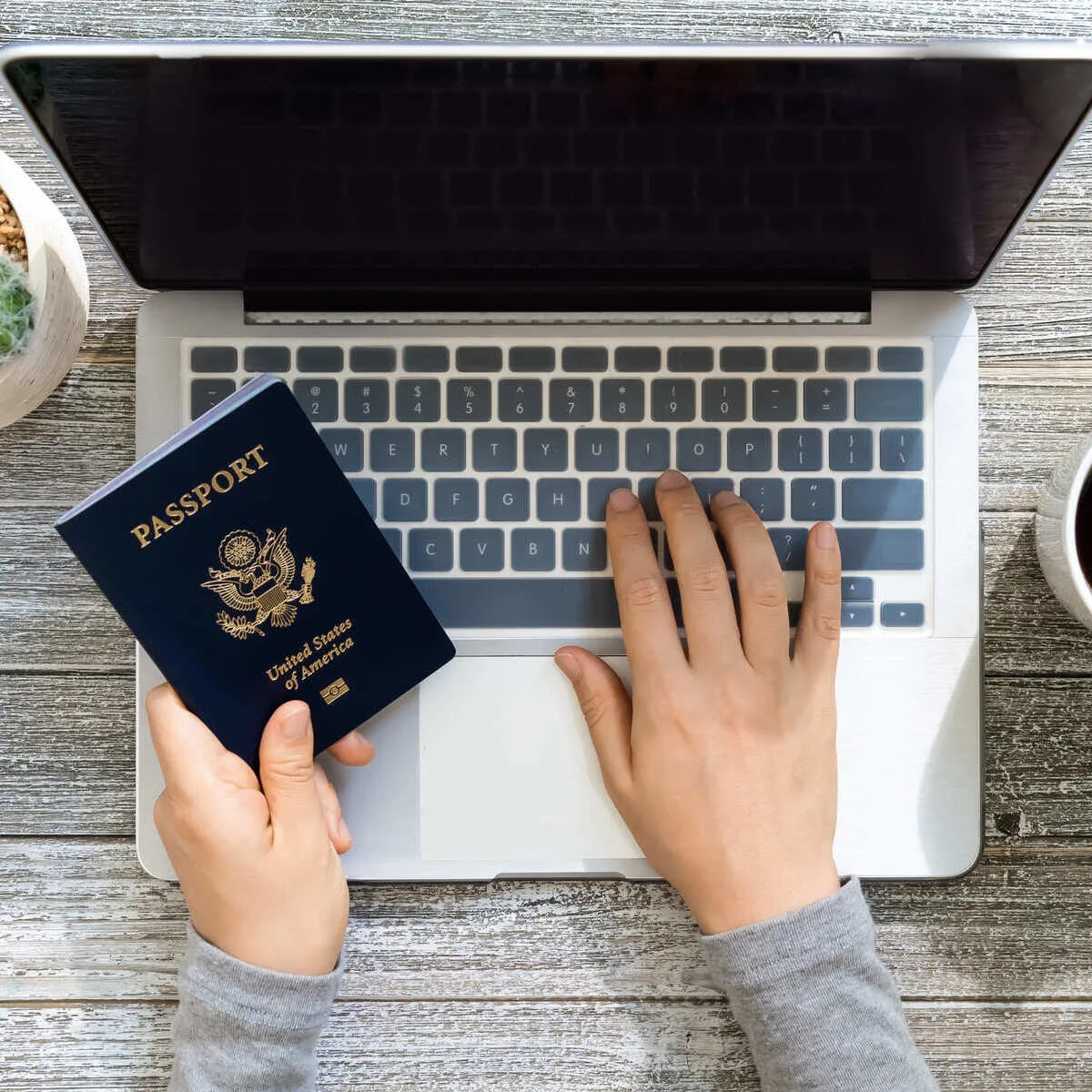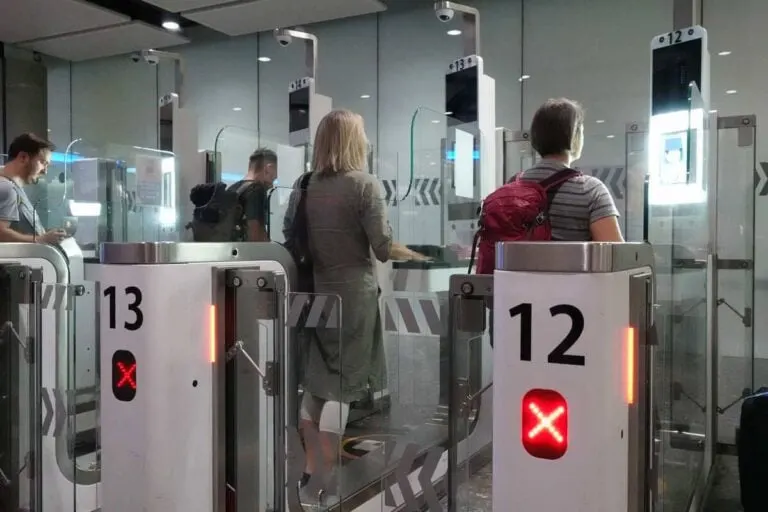Have you ever flown halfway across the world to Bali for a relaxing vacation only to arrive at the airport and spend several long minutes, if not hours, waiting in line just to go through checks?
Yep, turns out you’re not the only one keen on oriental temples and getaways into nature.
Bali is a hugely-popular destination for Western tourists, and the fact that it has some of the strictest immigration rules in place anywhere in Asia––you can’t enter without paying a fee and filling out a number of forms––has been known to cause delays.
Luckily, the Bali gods have heard our prayers, and now screening has become a lot simpler.
Tourists Can Now Use e-Gates For Faster Screening Landing In Bali
As of this month, tourists have been able to breeze through the international border by using automated e-Gates, which have been installed in phases throughout the year, and are now fully functional, with 60 in total in the arrivals hall and 30 reserved for departure.
e-Gates are an increasingly-preferred alternative to manual passport checks, as they allow travelers to scan their own documents and avoid the dreaded interview with a border guard, and they have become increasingly popular not only in Asia, but also select European countries and Mexico.

As the Directorate General of Immigration Silmy Karim stated, Ngurah Rai Airport serving Bali is ‘one of the main gateways‘ into Indonesia, as it hosts up to 21,000 international arrivals per day––needless to say, the e-Gate launch will provide much-needed relief while border rules aren’t yet relaxed.
There have been talks Bali might scrap its entry fee in the near future, though those are yet to materialize, so in the meantime, tourists continue to be subject to more stringent visa rules.
What Are The Rules For Entering Bali?

Effectively, in order to enter Bali, you need to either apply for an e-Visa in advance, or a visa on arrival, both involving completing forms and paying a $35 fee.
Tourists who don’t obtain pre-clearance in advance, and opt instead for a visa on arrival must queue up twice, first to apply and pay for the visa, then to go through actual border control, so it’s an unspoken rule e-Visas are mandatory for the smoothest experience possible.
For now, the e-Gates do not eliminate this requirement, but how exactly will the visa rules be enforced if border officers are gone?
Well, in reality, they are not:

Non e-Visa Holders Are Not Eligible For The e-Gate Lane
As the Bali Sun reports, the gates can only be used by travelers who have already purchased an e-Visa, both upon arrival and departure, whereas those who left it until the very last minute, and are applying instead for a visa on arrival are not.
If you’re a U.S. passport holder and you’ve not been issued an e-Visa, sorry pal, you’ll need to stand in line for a little longer as usual.
The way we see it, there is just no benefit to the latter option, as wait times on arrival are much longer, you’ll be ineligible for automated screening, and as the Directorate General of Immigration noted, the immigration process with the e-Gate takes an average 15-25 seconds per person.

e-Visa Applicants Can Become Ineligible For e-Gates If They Do This
When applying for the e-Visa, the information you submit in your application form must be 100% correct, or you won’t get through the gate in Bali.
In that case, you’ll need to wait in the immigration line like everyone else who hasn’t been pre-screened in advance.
Make sure you don’t miss any numbers when filling in your passport details, and definitely double check whether the validity date is correct, and that there are no any missing characters in your name ahead of paying the fee.

This may seem redundant to some, but there have been a number of cases where travelers have not been careful enough in filling in their data, especially when their passport number includes letters.
An Australian tourist was recently forced to fork out an additional $35 for a re-application at the border because she put in the passport number wrong, leaving out the two front letters PA: ‘all my life, I’ve thought the two front letters meant passport numbers, so why would I have to include them‘.

Once payment is confirmed, approval is generally automatic and those information can’t be changed––this means that, if there are any mistakes in your application, you won’t get an e-Visa refusal, but upon landing in Bali, you’ll still be ineligible for the e-Gate lane.
Two Additional Forms Are Required For e-Gate Eligibility
Oh, and something else most travel guides fail to inform you on is that, other than the e-Visa, you will need to complete an additional two forms online: a customs form and a health declaration form, the latter of which pertains to the latest monkeypox outbreak.

Unless the 3 steps below are not completed, e-Gate usage is not permitted:
- Get the e-Visa and pay the $35 fee here
- Complete the customs form here
- Obtain the the ‘Health Pass’ here
Immigration checks in Bali are becoming less bureaucratic with the new e-Gates, but that doesn’t mean entry rules are any less strict: tourists are reminded that, with an e-Visa or visa on arrival, they are only allowed to remain on the island for up to 30 days.
Those overstaying their welcome or engaging in activities that are not expressly allowed in their visa category, such as seeking employment locally, are subject to hefty fines and even deportation––trust us, you don’t want to get on the wrong side of Bali law enforcers.
Credit: Source link

